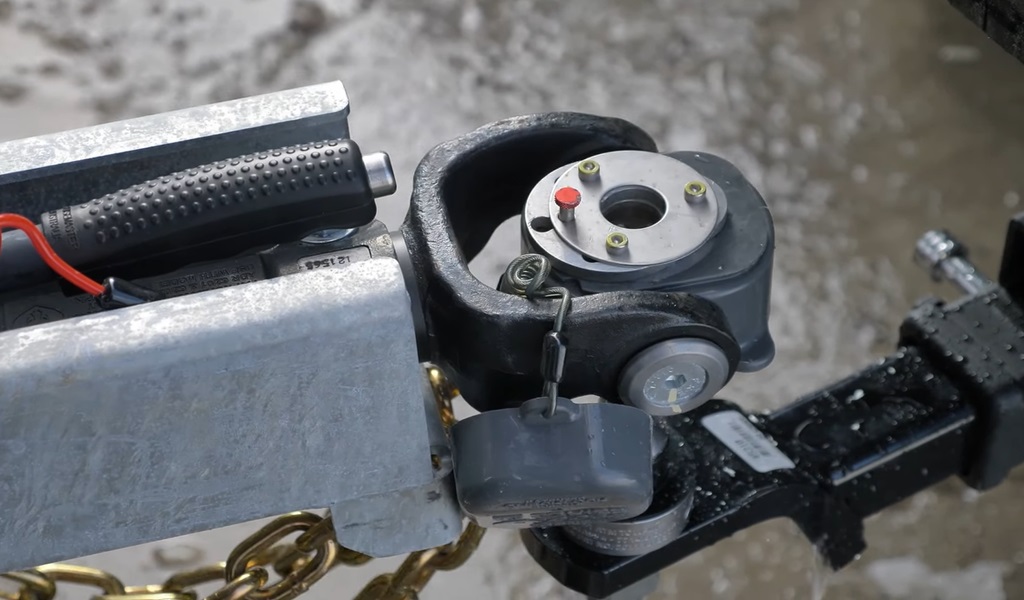Several factors determine how much weight your vehicle and trailer can comfortably handle. It includes the vehicle manufacturer’s towing capacity ratings, hitch classes, and trailer axle capacities.
Increasing your car’s towing capability can be done safely and efficiently, but only if you follow the proper steps.
Choosing the Right Hitch
The key to safe and efficient towing is installing the right trailer hitch. Choosing one that’s too small can cause damage and unnecessarily strain your vehicle’s transmission. Similarly, selecting a trailer hitch that’s too large can lead to poor performance and unsafe driving conditions.
When sourcing a trailer hitch, it’s essential to check its maximum towing capacity rating, which the manufacturer sets. This number reflects the total weight your vehicle can safely tow, including cargo and passengers.
Additionally, you’ll want to check your trailer’s coupler opening size, typically stamped or labeled on the front of the coupler head. Then, select a tow ball that perfectly matches the size of your trailer’s coupler opening.
Check Your Vehicle’s GVWR
You’ll often hear GVWR, payload capacity, and gross combined vehicle weight when determining what your truck can or cannot do. Towing is one task that requires these necessary calculations so you can avoid damage to your engine, transmission, tires, brakes, and other components.
Your vehicle manufacturer rates vehicles for their maximum load in terms of safety, considering the suspension system, frame, axles, and other load-bearing components. A vehicle’s plate affixed to the driver’s side in its owner’s manuowner’s load capacity is the amount of add-on weight drivers can safely place on a car, including passengers, fuel, and equipment. It does not include trailer weight, or “tongue weight,” which is t “the static force that a loaded trailer exerts on the hitch ball. Regardless of a vehicle’s additional weight, it is crucial to always abide by its lowest-rated towing component.
Check Your Trailer’s Weight
GVWR is the maximum weight your vehicle and trailer are rated to carry. This number doesn’t include the tongue weight of your trailer, which is the physical weight resting on the receiver hitch. Keeping the tongue weight low is essential because a back-heavy trailer is difficult to control and can lead to serious safety issues.
To determine your trailer’s tongue weight, drive it to a scale while fully loaded. Then, remove the trailer and weigh it again. Subtract your vehicle’s curb weight from the total to get your tongue weight. Many manufacturers recommend using a weight-distributing hitch (WDH) to transfer some of the trailer’s weight to your vehicle’s front axle, which will help improve stability and handling. Follow your manufacturer’s recommendations for the amount of weight to transfer and keep the tongue weight within 10-15% of your GTW. It will ensure your towing system is rated correctly and prevent your vehicle from straining at its limits.
Check Your Drop Hitch’s
Most vehicles have a towing capacity listed in their owner’s manuowner’s vehicle. Towing capacities vary widely among truck models with different body styles, bed lengths, drivelines, and engine options. Most manufacturers recommend staying within 10% of your vehicle’s capacity for safety reasons. Loads shift, people miscalculate, and trucks can overheat quickly under heavy loads.
It’s also important to remember that GVWR and towing capacity are different. GVWR refers to the total weight your vehicle’s tires can support; towing capacity includes any trailer load your truck can pull, even if it weighs less than its rated GVWR.

















